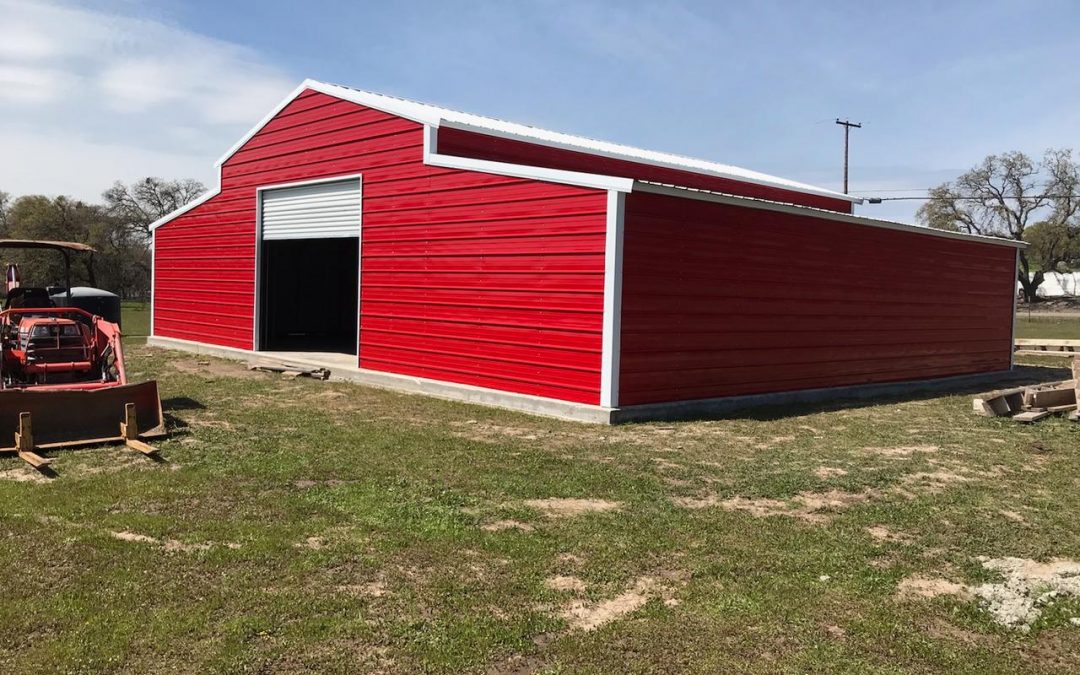Making sure your metal carport lasts a long time will safeguard your investment and give your cars and possessions reliable protection.
We’ll go into important upkeep advice in this blog, from proactive care plans to regular inspections, that can help your metal carport last longer.
You may extend the life of your carport and maintain its aesthetic appeal for many years by putting these techniques into practice.
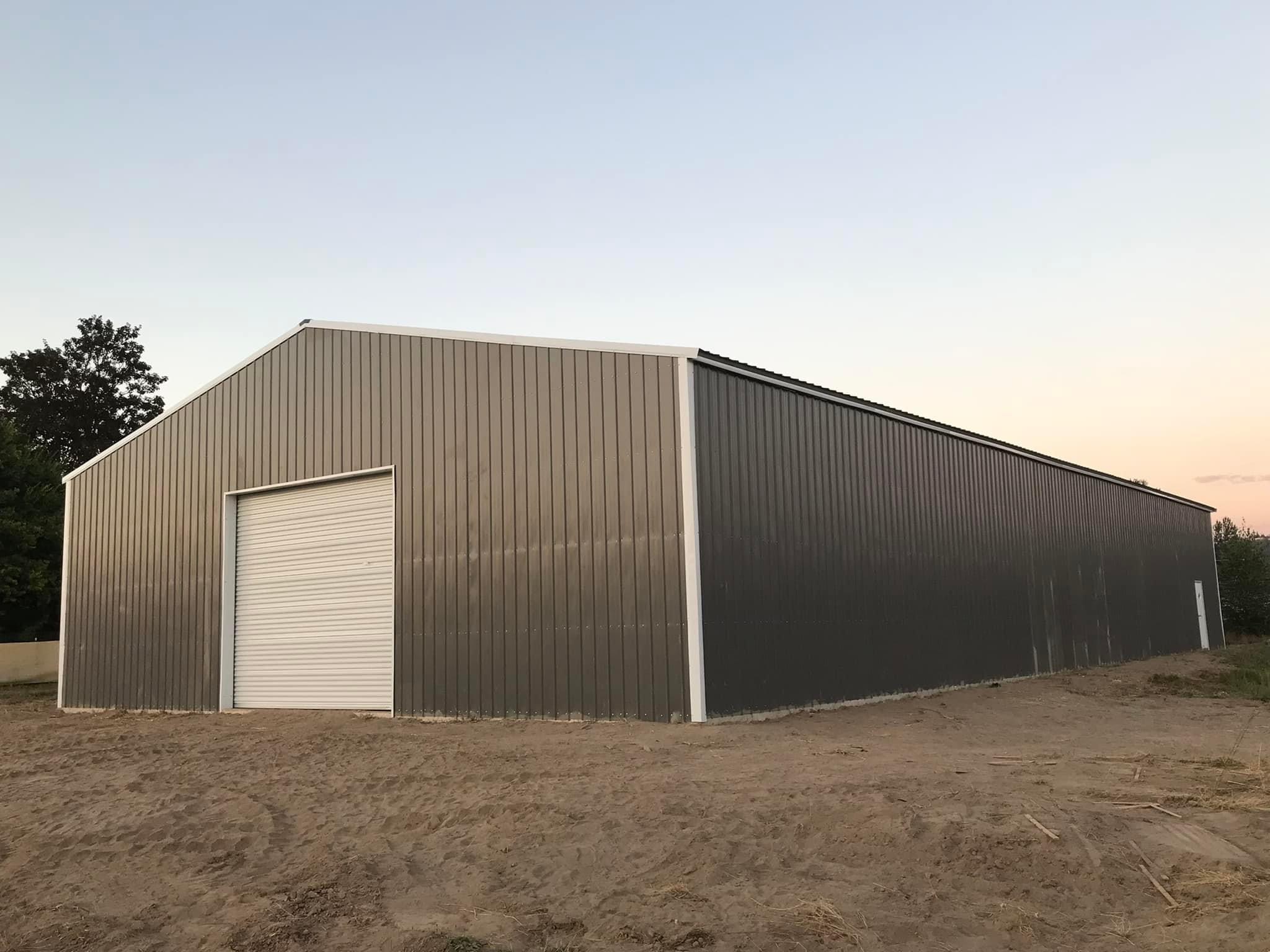
Inspecting and Repairing Dents or Damage
Maintaining the structural soundness and visual appeal of your metal carport requires routinely checking for and fixing any dents or damage. By doing routine inspections, you can spot little flaws before they become bigger ones and endanger the structure’s stability and functionality.
Start by visually inspecting the entire carport, being especially careful to inspect areas that are vulnerable to damage, like joints, corners, and the roof. Keep an eye out for indications of rust, dents, or other types of degradation that could have been brought on by weather, mishaps, or normal wear and tear over time.
After you’ve found any spots that need attention, give them top priority and get them fixed right away to stop additional damage and increase the life of your carport. You can smooth out the surface and restore its original appearance for small dents or scratches by using specialized metal repair kits or fillers.
If there is more substantial damage, such as bent or warped metal components, you should think about getting professional advice to make sure the right repair methods are used. Always keep in mind that prompt maintenance and proactive inspection are essential to preserving the structural integrity and extending the life of your metal carport, which will eventually save you time and money.
A comprehensive and efficient maintenance program can be ensured by using a few tips and tactics when evaluating and fixing dents or damage on your metal carport.
- First, to get the finest results, always use the right instruments and supplies made especially for metal repairs. Steer clear of harsh chemicals and abrasive cleansers as they can erode the protective coating on the metal surface and cause additional harm.
- Second, try tapping the damaged area gently from the inside out with a wooden block or rubber mallet to fix small dents or scratches. With the use of this method, the metal can be gradually reshaped without getting any more dents or wrinkles. Furthermore, to ensure seamless integration with the surrounding surface, lightly sand any scratches or small rust patches with fine-grit sandpaper before applying a rust inhibitor and matching paint.
- Finally, think about protecting the metal surface of your carport by using a sealer or wax to ward against potential damage and increase its longevity. This extra layer serves as protection from UV rays, moisture, and other elements that might eventually cause corrosion and deterioration in the carport. You may efficiently check for and fix dents or damage by adding these pointers to your routine maintenance, which will help you maintain the structural soundness and visual appeal of your metal carport for many years to come.
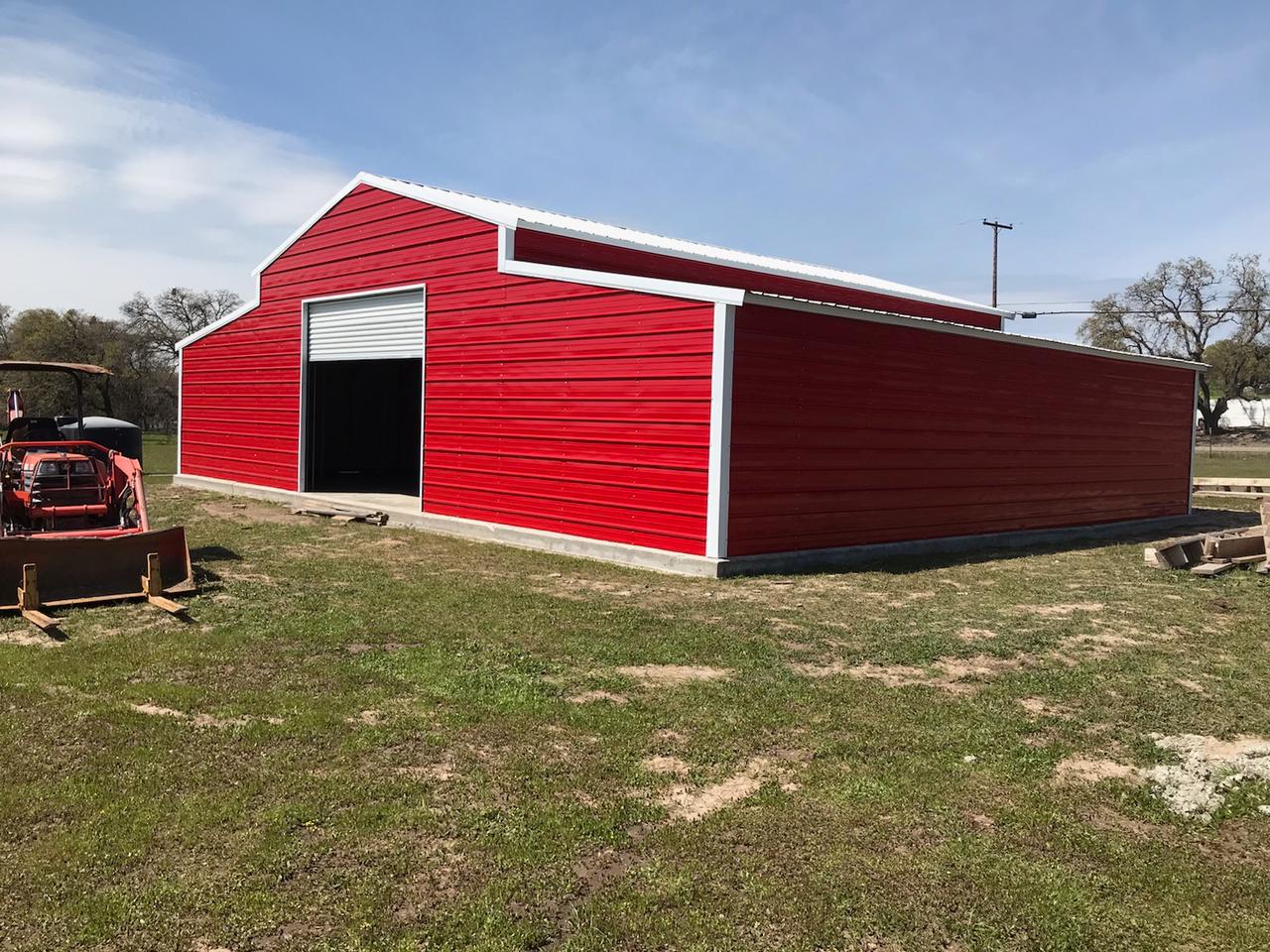
Protective Coatings and Sealants: When and How to Apply Them
By using these chemicals correctly and on schedule, you may greatly reduce the likelihood of rust, corrosion, and other types of damage, which will eventually increase the longevity of your carport and maintain its visual appeal.
To guarantee optimum coverage and adherence to the surface, it is advisable to apply a protective coating or sealer soon after your metal carport is first installed. It’s not too late to implement these preventative steps, though, if your carport has been in use for a while and is starting to exhibit wear or damage.
Make sure to completely clean the metal surface to get rid of any debris, grease, or other impurities that could prevent adhesion before using any coatings or sealants.
If you’re choosing a sealer or protective coating for metal surfaces, look for materials that are made especially for them and that are resistant to UV radiation, moisture, and temperature changes.
For best results, please adhere to the manufacturer’s recommended maintenance schedules, drying durations, and application techniques. You can prevent premature deterioration and guarantee years of dependable performance and aesthetic appeal for your metal carport by proactively applying protective coatings and sealants.
Several pointers and techniques can help you achieve a professional finish and optimize the efficacy of protective coatings and sealants while applying them to your metal carport.
- First and foremost, always be sure to select a premium sealant or coating that is made especially for metal surfaces and is resistant to weather. This guarantees the best possible defense against environmental dangers including rust, corrosion, and UV rays.
- Use a mild detergent and water solution to completely clean the metal surface to get rid of any dirt, grease, or oxidation before applying the protective coating or sealant. To guarantee a clean and smooth surface for improved adhesion, use a metal cleanser or rust remover on tough stains or rust patches.
- Depending on the size of the area that needs to be covered and the consistency of the substance, use a brush, roller, or sprayer to apply the sealer or protective coating. For optimal results, always adhere to the manufacturer’s recommendations regarding application methods, drying times, and the number of coats that are suggested.
Applying sealants and protective coatings to your metal carport can help you achieve long-lasting durability and improved resistance against environmental conditions. Make sure to incorporate these tips and techniques into your routine maintenance.
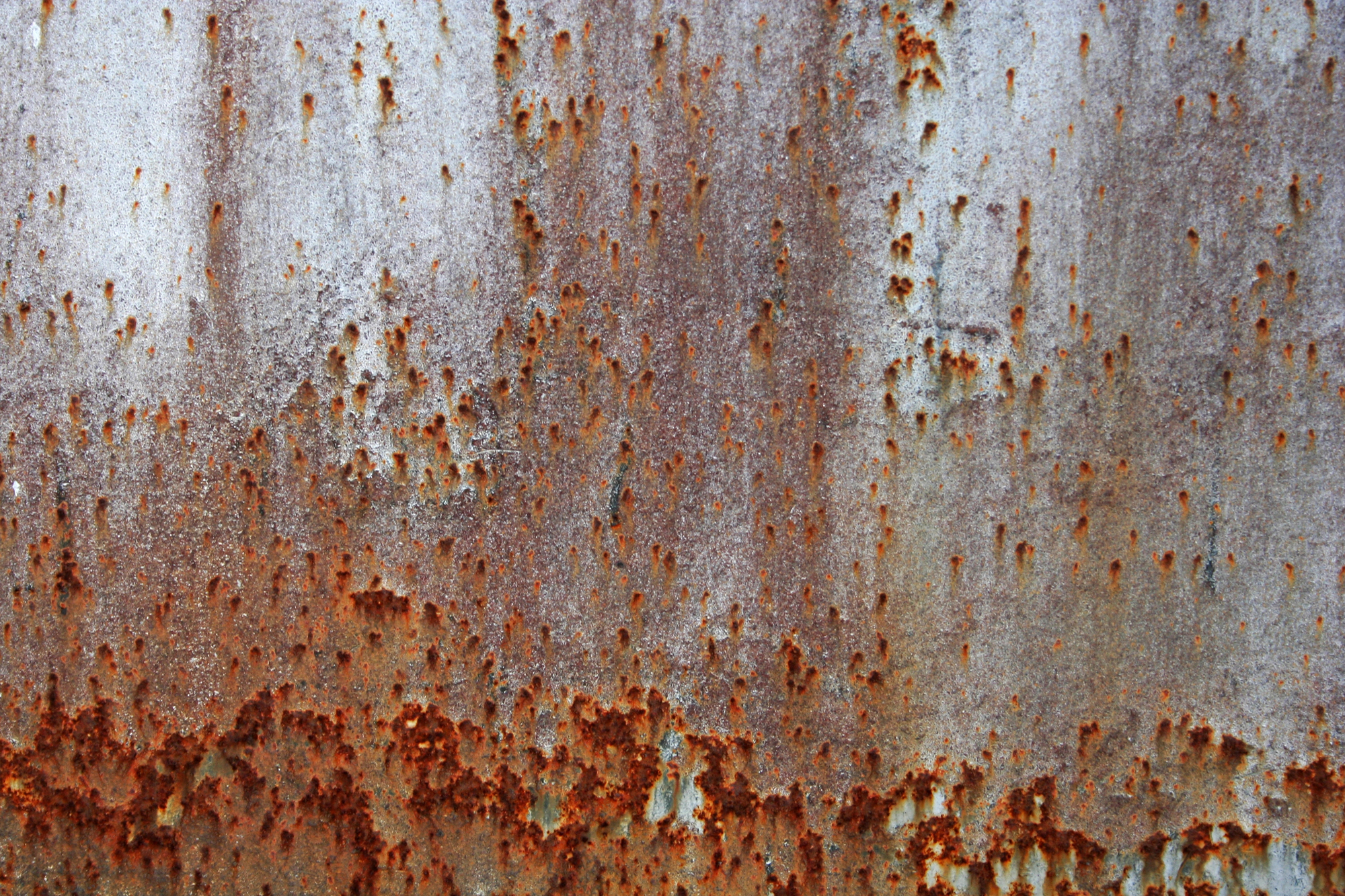
Preventing Rust and Corrosion: Best Practices
The best way to keep your metal carport’s structural integrity and cosmetic appeal intact is to prevent rust and corrosion.
Rust and corrosion shorten the value and lifespan of your investment by compromising the metal’s resilience and detracting from its overall beauty.
Proactive maintenance and routine inspections are the first steps in putting best practices to prevent rust and corrosion into practice.
- Primarily, maintain the metal carport spotless and clear of moisture, filth, and debris since these could speed up the corrosion process. Wash the carport regularly using a mixture of water and mild detergent solution, being careful to concentrate on areas like joints, corners, and crevices where dirt tends to collect. Dry the metal surface completely after cleaning to avoid moisture retention, which is the main cause of rust formation.
- Second, cover the metal surfaces with an excellent rust inhibitor or protective coating designed especially for them. By forming a barrier against moisture and other environmental pollutants, these products lower the chance of corrosion and increase the longevity of your carport. To ensure the best possible protection, make sure to reapply the rust inhibitor or protective coating as directed by the manufacturer regularly.
- Finally, to stop future deterioration, periodically check the metal carport for any indications of rust, corrosion, or damage. Then, take quick action to fix any problems that you find. By following these recommended procedures, you may successfully stop rust and corrosion, maintaining the structural soundness and visual appeal of your metal carport for many years to come.
The application of protective coatings, routine inspections, and proactive maintenance are crucial best practices for keeping your metal carport free from rust and corrosion.
By implementing these tactics and adding the previously mentioned tips and recommendations to your carport care regimen, you can successfully protect your investment, increase the carport’s longevity, and preserve its visual appeal.
Always remember that prevention is the key to long-lasting durability and dependable performance of your metal carport for many years to come. Prompt intervention can greatly reduce the hazards connected with rust and corrosion.
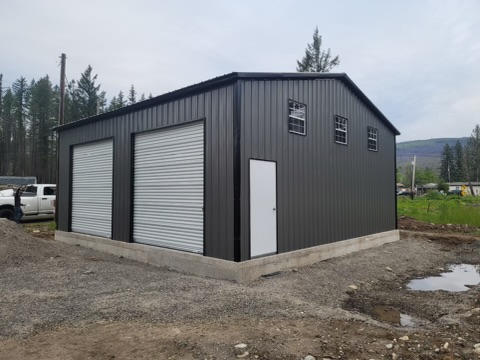
Managing Drainage to Prevent Water Damage
Maintaining the structural integrity of your metal carport and avoiding water damage depends on efficient drainage management. To minimize the risk of water collection, corrosion, and possible structural damage, proper drainage makes sure that precipitation, snowmelt, and other types of moisture are effectively channeled away from the carport’s base and structure.
Installing gutters, downspouts, and an appropriate drainage system around your metal carport to divert water away from the base and surrounding regions is one approach to efficiently manage drainage.
To prevent water from pooling around the carport and to prevent debris, leaves, or other impediments from obstructing water flow, regularly check and clean the gutters and downspouts.
To allow for appropriate water runoff and keep water from building up close to the carport, make sure the drainage system is sloping away from the foundation of the construction.
To reduce soil erosion at the carport’s foundation and better regulate water flow, think about adding splash guards or diverters at the base of downspouts.
By adding these drainage management techniques to your monthly maintenance, you may shield your metal carport from rust and corrosion, avoid water damage, and increase its lifespan.
You can guarantee your metal carport’s long-term durability, dependability, and aesthetic appeal by keeping the drainage conditions at their ideal levels. This will secure your investment and give your cars and possessions years of dependable protection.
Simple and doable solutions can occasionally make a big difference in preserving the integrity of your metal carport when it comes to managing drainage to prevent water damage.
- Keeping the ground around your carport graded away from the building is one of the simplest and most efficient ways to manage drainage. By making this small alteration, rainwater may flow naturally away from the foundation of the carport, lowering the possibility of water damage and pooling.
- Installing permeable landscaping elements around your carport, like mulch beds or gravel, is another easy way to control drainage. By absorbing excess water and encouraging natural drainage, these porous materials lessen the chance of soil erosion and keep water from building up around the base of the carport.
- Keeping the area surrounding the carport’s foundation clear of leaves, twigs, and other debris regularly can also aid in maintaining ideal drainage conditions. Debris buildup can obstruct water flow, allowing water to collect and possibly seep into the base of the carport or corrode metal parts over time.
- Finally, to reduce runoff and lessen the effect on the carport’s drainage system, think about extending downspouts to send water further away from the foundation of the carport or building a rain barrel to collect and reuse rainfall.
By adding these easy-to-implement steps to your drainage management plan, you may dramatically lower the likelihood of corrosion, water damage, and structural problems, extending the life and dependability of your metal carport for many years to come.
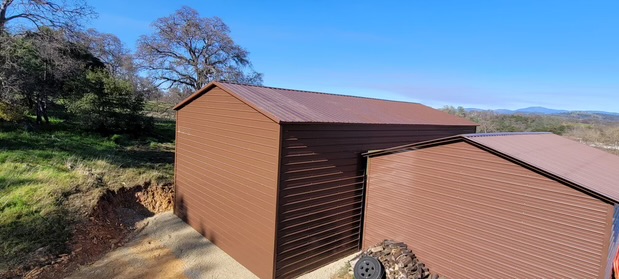
Handling Extreme Weather: Reinforcing Your Carport for High Winds
The longevity and structural integrity of your metal carport depend on how well you manage extreme weather, particularly when strong winds are present. It is essential to reinforce your carport to survive these severe weather conditions to guard against damage, collapse, and possible safety risks.
Installing extra bracing, anchors, or tie-downs to anchor the carport’s frame to the ground or a concrete foundation is a good idea in windy places. By more evenly distributing wind stresses across the structure, these reinforcements lessen the chance of structural failure and displacement during intense wind gusts.
Additionally, choosing a premium, weather-resistant metal carport built to endure harsh weather might offer an extra degree of defense from wind and other environmental elements. Always get professional advice to evaluate the structural integrity of your carport and choose the best reinforcing measures based on your unique situation and local weather.
To make sure your metal carport can survive harsh weather, like strong winds, proactive strengthening, and upkeep are essential.
You may greatly extend the lifespan and structural integrity of your carport by adding extra support, tie-downs, and routine inspections catered to your local environment. Regardless of the weather, you can preserve your investment by purchasing a high-quality, weather-resistant carport and seeking professional advice for specialized reinforcement options.
This will also give your vehicles and valuables regular, dependable shelter. Giving priority to these procedures guarantees years of dependable performance and protection, as well as peace of mind and protection for your carport from any damage and safety hazards.
When you choose National Star Carports, you can get a premium quality metal carport that combines strength, longevity, and visual appeal with confidence. When National Star Carports is on your side, you can make an informed choice and provide your cars and possessions with years of dependable security and peace of mind.

